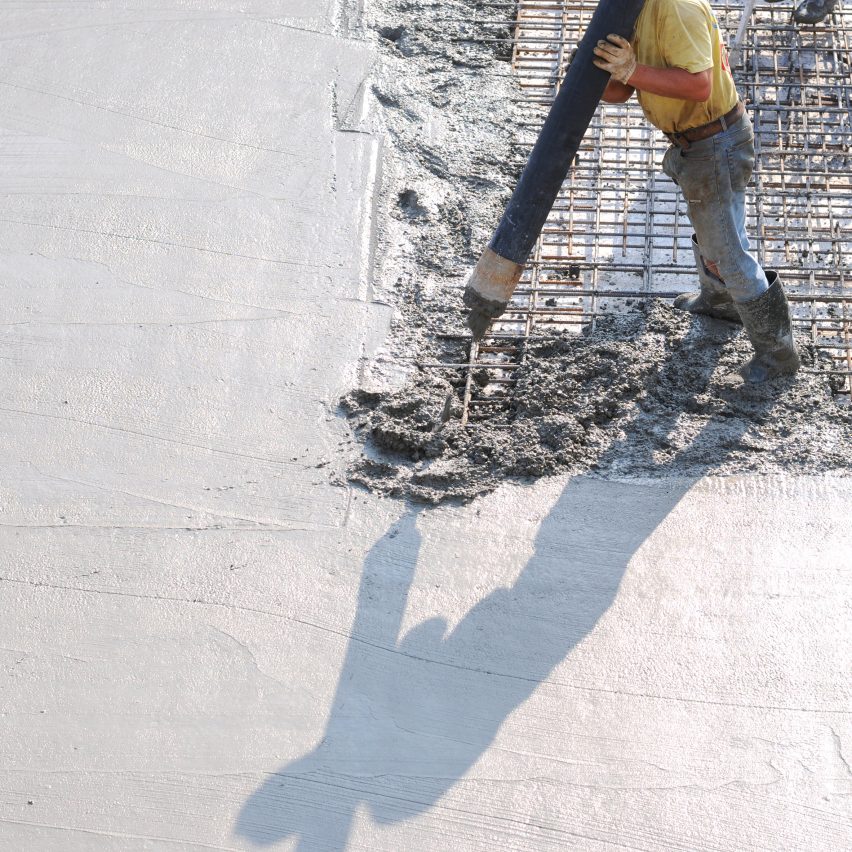
Buildings equivalent to a city the size of Paris are being built every week – but less than one per cent of them are assessed to determine their carbon footprint, according to a new report.
This is despite the fact that construction accounts for 38 per cent of global emissions.
As a result, the industry "doesn't know where it stands when it comes to carbon emissions," said Arup building engineering director Chris Carroll, who was one of the authors of the report published by the World Business Council for Sustainable Development.
The report used six buildings as case studies and found that the whole-life carbon footprint was around 1,800 kilogrammes of CO2 equivalent per square metre.
Half of all emissions are embodied in buildings, meaning they are caused by the manufacturing of materials and the construction process, according to the report.
Seventy per cent of embodied emissions are caused by just six materials. The report does not identify which materials are the worst offenders but cement, which is a key ingredient in concrete, is responsible for an estimated eight per cent of all emissions.
Report calls on industry to adopt whole-life carbon assessments
Published today, the report comes after United Nations' climate champion Nigel Topping said architects are not doing enough to eliminate emissions from construction.
"Architecture is one of the least well-represented businesses" in the UN's Race to Zero campaign, Topping told Dezeen last week.
The WBCSD report calls on the industry to adopt whole-life carbon assessments and set clear targets for decarbonising the sector.
"We have to consider carbon like we currently consider money," said Carroll. "The idea that you would build a project and not know how much it costs financially would seem incredible."
"But the industry currently doesn’t know where it stands when it comes to carbon emissions, making it difficult to set meaningful targets and drive progress," he added.
"We must see more data sharing, more collaboration and transparency to be able to achieve the decarbonization that the world demands of us in the next few decades."
Building industry emissions need to be reduced by half
The building industry causes 14 gigatonnes of greenhouse gas emissions every year, according to the report, which is called Net-zero buildings: Where do we stand?
This needs to be reduced by half by 2030 and to zero by 2050 to achieve the goals of the 2015 Paris Agreement, which aims to limit global warming to 1.5 degrees Celsius above pre-industrial levels.
The report says there are around 255 billion square metres of buildings in the world, with an additional 5.5 billion being added each year. This means that a city the size of Paris is being constructed every week.
"To get the construction industry on track to reach global climate targets, all companies need to start measuring the full carbon footprint of their real estate assets," said Roland Hunziker, sustainable buildings director at the World Business Council for Sustainable Development.
"The report shows that if all parties in the building value chain collaborate and focus on whole-life carbon emissions reductions, we can start setting this important sector on a path towards net-zero.”
No global standard for net-zero
The construction industry needs to adopt a clear definition of what net-zero carbon means, the report says.
For a building to qualify as net-zero, it must not add any new greenhouse gases to the atmosphere either through its construction, operation or demolition.
However, there is no globally recognised standard for net-zero and as a result, there are differing interpretations, particularly when it comes to offsetting emissions that cannot be eliminated.
The United Nations' Race to Zero campaign states that offsetting schemes must remove carbon from the atmosphere, for example via biomass or direct air capture technology.
However, other definitions allow offsetting schemes to take advantage of initiatives that do not remove carbon from the atmosphere but reduce or defer emissions, for example through renewable energy or capturing CO2 emissions from factories.
Understanding the concept of net-zero "is a challenge," according to Diane Millis, communications manager at The Carbon Trust.
"We recognise making this accessible is a challenge, but equally this is a technical area and there is a risk of oversimplifying," said Diane Millis, communications manager at The Carbon Trust.
"Many companies and organisations are only just beginning to understand [that] net-zero is fundamentally different to carbon neutrality so there is a lot of information out there that isn’t accurate, unfortunately," she told Dezeen last month.
The image is courtesy of Shutterstock.
Carbon revolution
This article is part of Dezeen's carbon revolution series, which explores how this miracle material could be removed from the atmosphere and put to use on earth. Read all the content at: www.dezeen.com/carbon.
The sky photograph used in the carbon revolution graphic is by Taylor van Riper via Unsplash.
The post Construction industry "doesn't know where it stands when it comes to carbon emissions" appeared first on Dezeen.
from Dezeen https://ift.tt/2TPOrS3

No comments:
Post a Comment